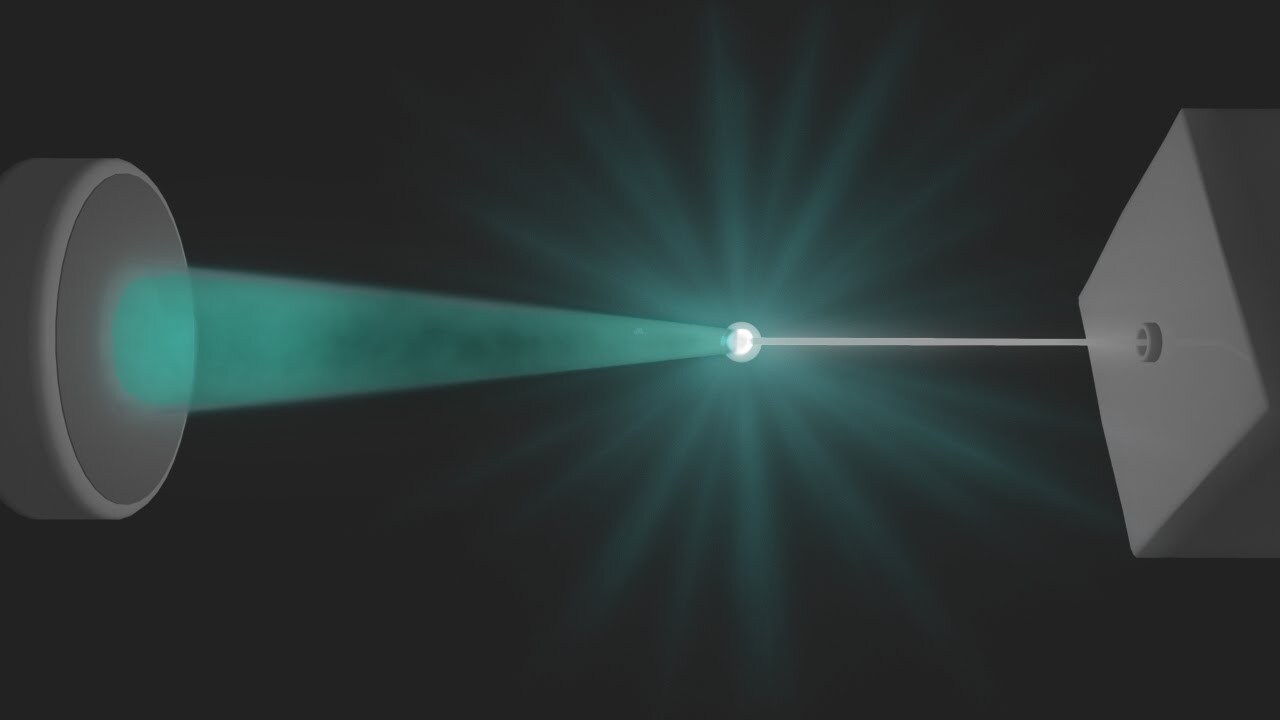
Flow cytometry is a powerful tool used in biology and medicine to analyze the physical and chemical characteristics of cells or particles. But what exactly is flow cytometry? In simple terms, it’s a technique that uses lasers to count and sort cells, detect biomarkers, and even engineer cells. Imagine a tiny assembly line where cells pass through a laser beam one by one. Each cell gets hit by the laser, and the light scattered or emitted by the cell is measured. This data helps scientists understand cell size, complexity, and even the presence of specific proteins. Why is this important? Because it allows researchers to diagnose diseases, monitor treatment effectiveness, and conduct groundbreaking research. Ready to learn more? Here are 25 fascinating facts about flow cytometry that will deepen your understanding of this incredible technology.
Key Takeaways:
- Flow cytometry is a powerful technique that uses lasers to analyze cells, helping scientists study diseases like cancer and develop vaccines. It's like a super-fast cell detective!
- Despite needing expensive equipment and skilled operators, flow cytometry is essential for diagnosing blood disorders, studying stem cells, and even testing food safety. It's like a high-tech superhero for science!
What is Flow Cytometry?
Flow cytometry is a powerful technique used in cell biology to analyze the physical and chemical characteristics of cells or particles. This method is widely used in research and clinical laboratories for various applications. Here are some fascinating facts about flow cytometry.
-
Flow cytometry can analyze thousands of particles per second, making it incredibly efficient for large-scale studies.
-
It uses laser technology to illuminate cells, which then scatter light and emit fluorescence that is measured by detectors.
-
The technique can distinguish between different cell types based on size, granularity, and fluorescence intensity.
-
Flow cytometry is essential for immunophenotyping, which helps identify specific cell populations in a mixed sample.
-
It is widely used in cancer research to detect and quantify cancer cells in a sample.
History of Flow Cytometry
Understanding the history of flow cytometry provides insight into its development and significance in modern science.
-
The first flow cytometer was developed in the late 1960s by Mack Fulwyler, who combined inkjet printing technology with cell analysis.
-
Leonard Herzenberg, a key figure in flow cytometry, received the Kyoto Prize in 2006 for his contributions to the field.
-
Early flow cytometers were bulky and expensive, but advancements in technology have made them more accessible and compact.
-
The introduction of fluorescent dyes in the 1970s revolutionized flow cytometry, allowing for more detailed cell analysis.
-
Modern flow cytometers can analyze multiple parameters simultaneously, thanks to advancements in laser and detector technology.
Applications of Flow Cytometry
Flow cytometry has a wide range of applications in various fields, from medical diagnostics to environmental science.
-
It is used in hematology to diagnose blood disorders like leukemia and lymphoma.
-
Flow cytometry plays a crucial role in stem cell research, helping scientists isolate and study specific stem cell populations.
-
The technique is employed in vaccine development to assess immune responses.
-
Environmental scientists use flow cytometry to analyze microorganisms in water samples.
-
It is also used in food safety testing to detect bacterial contamination.
Components of a Flow Cytometer
A flow cytometer consists of several key components that work together to analyze cells.
-
The fluidics system transports cells in a stream to the laser beam for analysis.
-
Lasers provide the light source needed to excite fluorescent dyes attached to cells.
-
Optical filters and mirrors direct the scattered light and fluorescence to the appropriate detectors.
-
Detectors measure the light signals and convert them into electronic data.
-
The computer system processes and analyzes the data, displaying the results in various formats.
Advantages and Limitations
While flow cytometry offers numerous benefits, it also has some limitations that users should be aware of.
-
One major advantage is its ability to analyze large numbers of cells quickly and accurately.
-
Flow cytometry can provide detailed information on multiple parameters simultaneously.
-
However, the technique requires expensive equipment and reagents, which can be a barrier for some laboratories.
-
It also requires skilled operators to perform the analysis and interpret the results correctly.
-
Despite these limitations, the versatility and power of flow cytometry make it an invaluable tool in many scientific fields.
Final Thoughts on Flow Cytometry
Flow cytometry is a powerful tool in modern science. It helps researchers analyze cell characteristics quickly and accurately. This technology has applications in immunology, cancer research, and even plant biology. By using fluorescent markers, scientists can identify and sort different cell types, making it easier to study complex biological systems.
Understanding the basics of flow cytometry can open doors to new discoveries. Whether you're a student, a researcher, or just curious, knowing how this technology works can be incredibly beneficial. It’s fascinating how a single technique can provide so much valuable information.
So, next time you hear about a breakthrough in medical research, there’s a good chance flow cytometry played a role. Keep exploring and stay curious; the world of science is full of amazing tools and technologies waiting to be discovered.
Frequently Asked Questions
Was this page helpful?
Our commitment to delivering trustworthy and engaging content is at the heart of what we do. Each fact on our site is contributed by real users like you, bringing a wealth of diverse insights and information. To ensure the highest standards of accuracy and reliability, our dedicated editors meticulously review each submission. This process guarantees that the facts we share are not only fascinating but also credible. Trust in our commitment to quality and authenticity as you explore and learn with us.
